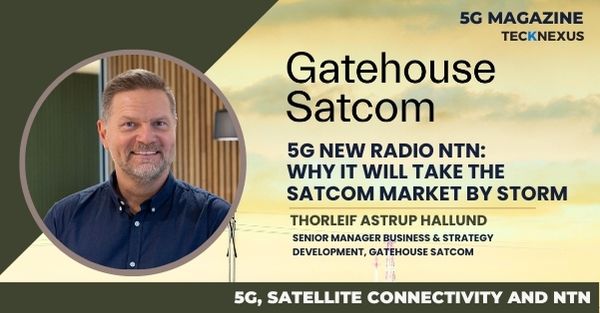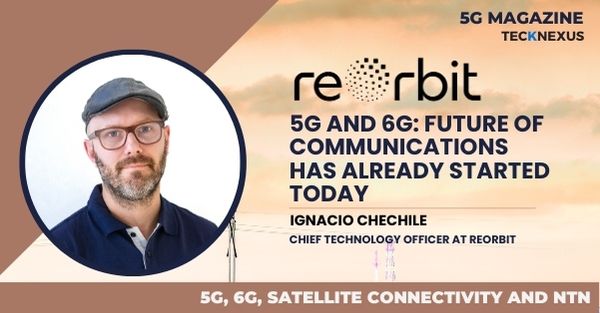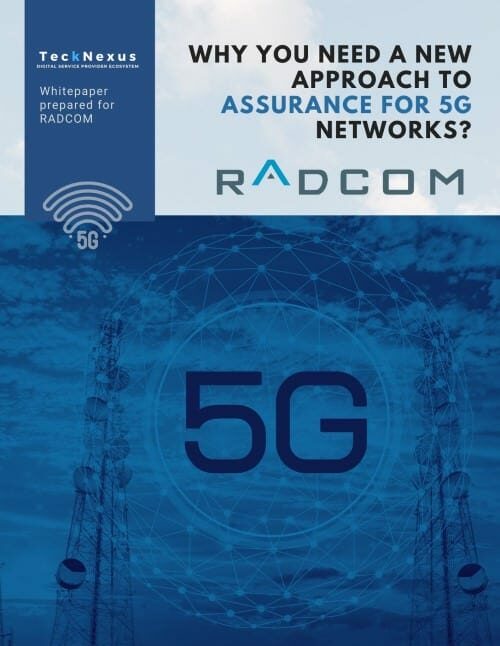London, UK – 1 February 2023 – The Royal Air Force has agreed to a new partnership with OneWeb, which will see the low Earth orbit (LEO) satellite communications company sign a two-season prime sponsorship deal with the RAF’s Rugby Union (RAFRU) teams.
The news was announced today as players, personnel, and pilots, along with OneWeb staff, came together at an exclusive signing event at RAF Coningsby, Lincolnshire, to unveil the RAF’s famous light blue rugby shirt with the OneWeb logo proudly displayed.
This season’s shirt will be worn with pride as the men’s and women’s teams continue to build their performances heading into the annual Armed Forces clashes against the British Army and Royal Navy.
Attending the event, OneWeb’s CEO Neil Masterson, said: “OneWeb is delighted to be named as a sponsor of the RAF Rugby Union – a move that illustrates our ongoing support of the UK’s Armed Forces and follows our signature of the Armed Forces Covenant last year. “This 2022/3 and 2023/4 season sponsorship gives us an opportunity to understand better how the RAF operates and will allow us to understand better how our global connectivity platform can meet the future demands of defense around the world.
“This partnership is the beginning of a productive working relationship together. We hope the OneWeb LEO satellite connectivity platform will strengthen defense network coverage across the whole of the Armed Forces, and this relationship is a step to better understanding how we can best support Armed Forces personnel at all levels.
“For now, we wish the RAFRU another successful season to come, and we will be there alongside them on their journey.”
Gp Capt Mark Jackson OBE, Director RAFRU Engagement, said: “We are thrilled that OneWeb has chosen to support RAF Rugby Union, working in partnership to provide enhanced opportunities for RAF personnel to grow and develop through sport. We look forward to developing the relationship with OneWeb over the coming two seasons and exploring opportunities to realize the benefits of their welcome support.”
The OneWeb global connectivity platform features a constellation of LEO satellites, supported by a worldwide network of ground stations and a range of user terminals to support every application and a range of use cases, such as maritime surveillance, border security, and deployed HQ.
More than 80% of OneWeb’s LEO satellite constellation is already operational, with the remaining satellites scheduled for launch by May 2023, enabling truly global coverage for Government, Maritime, Aviation, and Enterprise customers.
OneWeb’s association with the RAFRU not only extends its collaboration with the RAF but also with co-sponsor BT, which is an important OneWeb distribution partner. In November 2021, both companies agreed to collaborate to bring satellite-based broadband as a component of BT’s vision to enable digital solutions to the whole of the UK by 2028. To find out more about it, please visit www.oneweb.net or e-mail: government@oneweb.net
Source: OneWeb Press releases


























